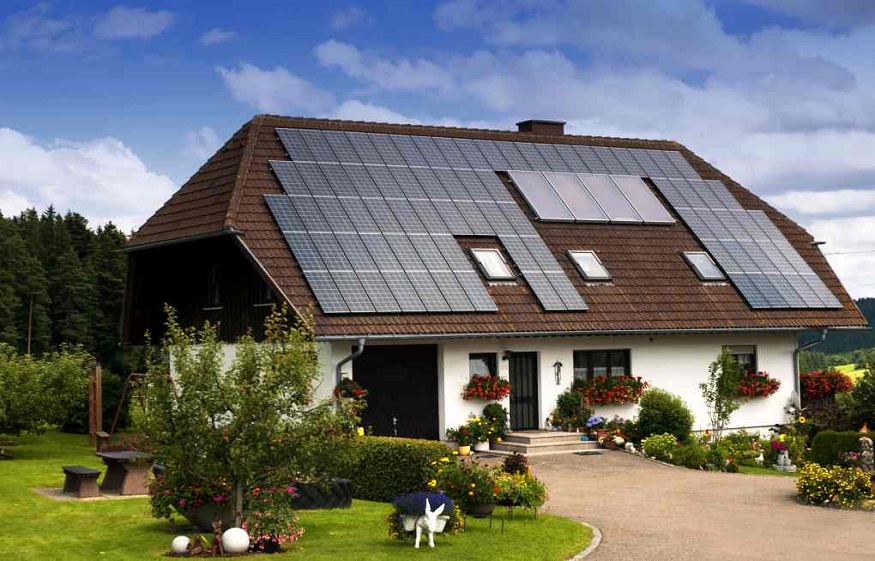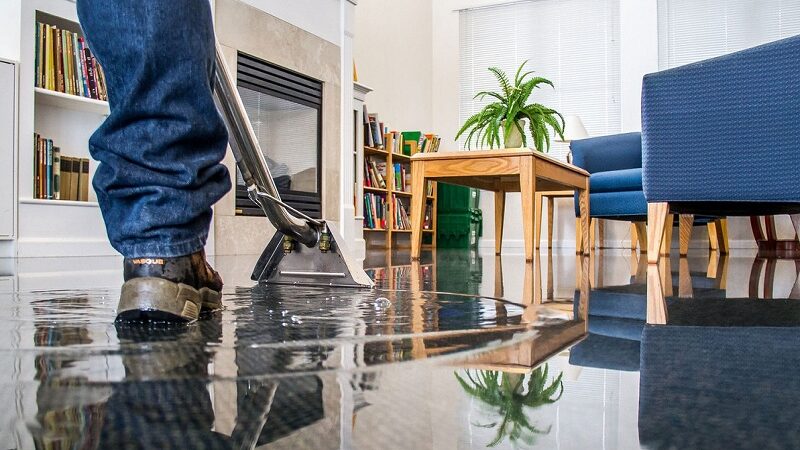How To Make Your Home More Energy Efficient

Energy efficiency simply means that you are living your everyday life using less energy, reducing home energy waste, and saving money. Just like energy-saving light bulbs – they create the same amount of light but use less energy than old-style light bulbs. Increasing your home’s energy efficiency includes more than just using less energy. It requires you to understand how energy is used, what are the reasons for energy waste, etc. And so, you can conclude how you can use it more effectively in everyday life. Moreover, by using energy more efficiently, your annual utility bill can be cut in half.
It is also worth mentioning that the energy-efficiency saves wildlife habitats and safeguard the planet. In addition, it helps to cut down our reliance on planet-polluting fossil fuels. So, here are 4 simple ways to make your home more energy-efficient.
Repair or replace your roof
As your roof ages, it breaks down and becomes less effective at its job in several ways. From the outdoors, temperatures and humidity begin to flow in and affect your home’s internal environment. The solution that we will suggest is to repair or replace your roof. By repairing or replacing the roof, you can not only make your home more energy efficient but you can also provide the proper rodent control.
When installing a new energy-efficient roof here are some characteristics to focus on
- Solar reflection –your roof is energy-efficient if it effectively reflects solar light. Otherwise, the shingles absorb the solar heat and transfer it into your home. Roofs with high solar reflection can lower the surface temperature by as much as 30%.On the other hand, note that dark roofs absorb more heat from the sun than light-colored roofs. As a result, more heat is moved to the underside of the roof deck and to the attic below.
- Roof ventilation – roofs are built with ventilation to provide proper airflow between the attic and the outdoors. Otherwise, hot air becomes trapped inside the attic and makes your entire house heat up like an oven. And as it causes a huge strain on your home’s cooling system, your monthly energy bills will noticeably rise. Ensuring the roof is properly ventilated will lower its reliance on the air conditioner.
Replace or seal windows and doors
If you do not plan to replace windows or doors, you might consider installing insulating window panels or interior storm windows. Both of these products are made of an insulating material encased inside a wooden or metal frame that seals tightly against the interior side of your existing window or door frame and so excludes energy waste. As they are not permanently fixed, you can easily remove them and reusethem from one winter to the next. The main difference between the two types of panels is the degree to which they obstruct your view.
But if you have an opportunity to replace the windows
- Make sure to have the ENERGY STAR and NFRC labels on them
- Choose a low U-factor (the rate at which a window conducts non-solar heat flow) for better thermal resistance in colder climates
- Look for a low solar heat gain coefficient (SHGC). SHGC is a measure of solar radiation admitted through a window. Low SHGCs reduce heat gain in warm climates.
Opt for energy-efficient lighting and power strips
As we know, there are many choices in energy-efficient lighting. The most popular light bulbs are halogen incandescent, compact fluorescent lamps (CFLs), and light-emitting diodes (LEDs).Although they can cost more than traditional incandescent bulbs, during their lifetime they save you money, as they use less energy. You can find these kinds of bulbs in most home improvement stores.
At the same time, installing a smart or advanced power strip in your home isa simple and easy way to start saving money while making your house a little more energy efficient. Thus, replacing your conventional power strips with advanced power strips (APS) helps you reduce wasted electricity and, in turn, save on energy costs.
Install ceiling fans
Ceiling fans won’t save energy if you run them without changing your AC usage. They save energy when they allow you to reduce your use of air conditioning.
If you are looking to install ceiling fans, choosing the right one and having it installed properly will help make the most of these savings. In this case, look for models with a high energy efficiency rating. By the way, fan blades should be a foot from the ceiling and not less than 7 feet from the floor.






